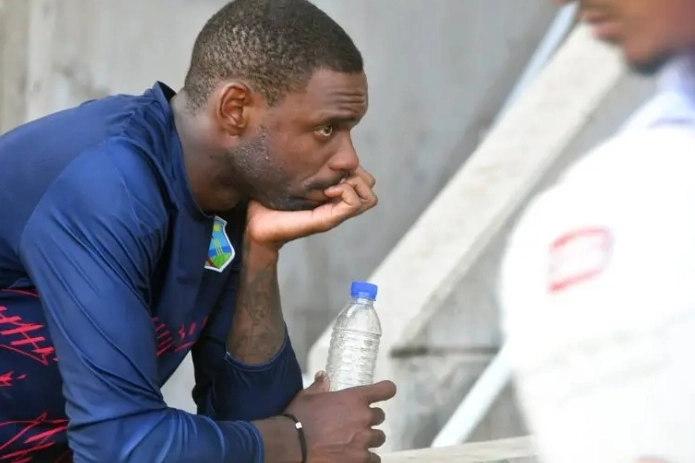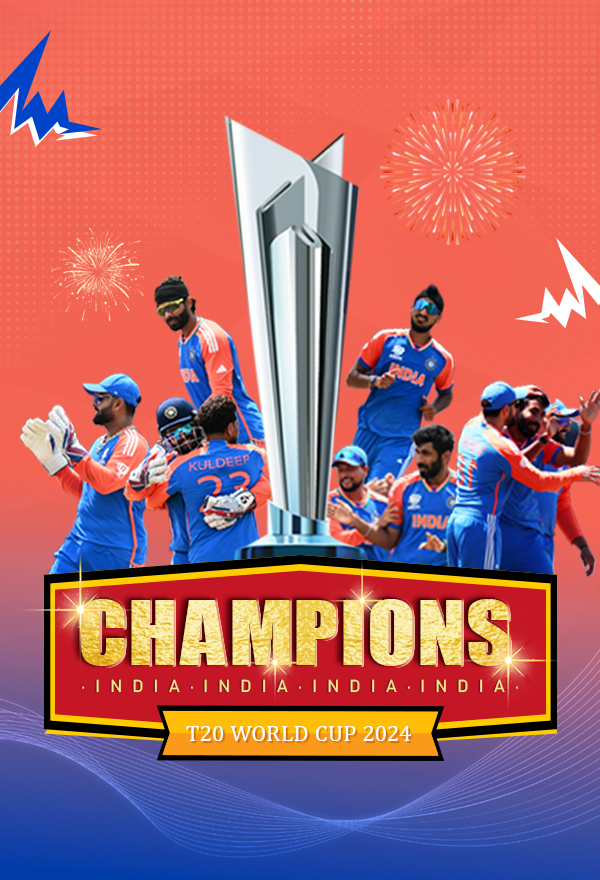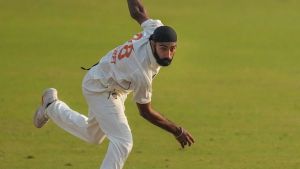
jamaicaobserver
jamaicaobserver|18-07-2025
The lowest total in Test cricket history is 26, made by New Zealand against England in Auckland in 1955. In 1924, South Africa was dismissed for 30 by England in Birmingham. They made the same total against the same opponent in 1896 in Port Elizabeth and 35 in 1899 against England in Cape Town. Australia, India, Ireland, and South Africa were all dismissed for 36 at some point. On Monday, July 14, 2025, the West Indies were bundled out for 27 against Australia in Jamaica.
It was a chastening experience for Caribbean cricket fans, who, against much evidence to the contrary, keep hoping for some kind of revival in the sport.
And it must have been humiliating for the team and Coach Darren Sammy, who has been given broad control of the West Indies team in all formats. Coach Sammy took that opportunity to make substantial changes to the Test side, some of which irked several fans and pundits, and though it is still early days, he must now be wondering about the effectiveness of these changes.In December 2020, Australia wrecked India for 36 in the second innings to win the first Test of the series in Adelaide. But India’s batting was widely accepted as a high-calibre unit. The humiliation was short-lived, and they rallied to win the second Test of the series in Melbourne to level the series. The West Indies have no such pedigree.
Twenty-seven all out was not a fluke or a freak occurrence. To those paying close attention, it could not have been all that surprising either. It was the logical low point of the years of decline and deterioration that have plagued the game in the region.
It has been a long time since it could be said that the West Indies are good at cricket, especially that of the red-ball variety.
The feeling of frustration and despair is expected, but the state of the game in the region has long been like a patient gradually getting sicker and sicker from a disease of no known cure.More specifically, this Kingston collapse is a truthful and worrying sign of the woeful state of batting in the Caribbean. Mitchell Starc’s spell was indeed menacing and malicious, but what he and his fellow fast men were mostly guilty of was assisting the West Indies batters in plotting their demise.
We all know what Starc was going to do with the new ball. To the right-hander, he would send the ball down at high pace, mostly on a fullish length on or about off-stump and swinging in, alarmingly so at times.
So why then did Brandon King, who showed signs of real batting quality in his debut series, essay such a big off-drive to the first ball he faced from the left-hander?. Kevlon Anderson, on debut, was like a man lost when facing Starc, and it was hardly surprising that he tragically offered no shot to a Starc delivery snaking into him. It would have been a harsh initiation for the youngster, who would not have faced that level of threat before. Starc’s blueprint delivery also accounted for Shai Hope and Mikyle Louis, both falling leg before wicket (LBW).
Since Starc’s mode of attack was feared but known, perhaps the batters could have been much more studious in defence, striving mainly to keep him out until the threat had waned. But for Captain Roston Chase to have offered such an elaborate drive to a reasonably wide delivery from Josh Hazlewood while his team was facing disaster with five wickets already down was inexplicable. A shot of Sammy bowing his head in despair right after the dismissal was revealing.
Australia is a good team. They are the top-ranking Test side in the world and recently contested the World Test Championship finals against South Africa, which Australia lost. The West Indies is ranked eighth and was, therefore, not expected to run over Australia. But they had opportunities which they proceeded to squander.
There can be no disputing the lack of batting depth in the West Indies. That is why the series was lost. But while the batting needs serious remedial action, it has to be acknowledged that the bowling, the fast bowling specifically, has been on the rise. The bowling unit did their job well against the highly vaunted Australian line-up. It was the batters who let the team down.
The West Indies now have, within their ranks, a group of young fast men of high quality. Alzarri Joseph, Shamar Joseph, and Jayden Seales make up an attack of real pace and ability. Alzarri, the most experienced of the trio, has made huge recent strides towards becoming the elite pacer he hinted at in his youth, while Shamar and Seales have been collecting Test wickets at a very impressive rate. Also, waiting in the wings are youngsters like the tall, spindly Johan Layne from Barbados and the very pacy Kelvin Pittman from Antigua and Barbuda, among others. And so the future of West Indies pace bowling seems relatively secure.
I agreed with Sammy for going against the norm by recruiting white-ball players like King and Hope for red-ball cricket. But the most urgent issue facing West Indies cricket is the need to develop world-class batters throughout the region. Hope, for example, oozes class, but he was dropped from the Test team some time ago for a lack of production. It was a lot to expect that somehow he had suddenly cracked the code for scoring runs in the game’s longest format.
The West Indies is in urgent need of a few good batters. Until they find them, Caribbean fans will continue to endure the kind of mediocre performances that now prevail.

Richa Ghosh awarded 1 lakh per run scored in Women's World Cup final; Sourav Ganguly backs her as future India captain

WBBL 2025 Squads: Full list of players, teams ahead of Women’s Big Bash League 11

IND vs AUS: Birthday boy was dropped from the playing XI, this player got a place in the team

Shubman Gill, Jasprit Bumrah Among Four Indians To Reach Kolkata On Sunday Ahead Of 1st South Africa Test







